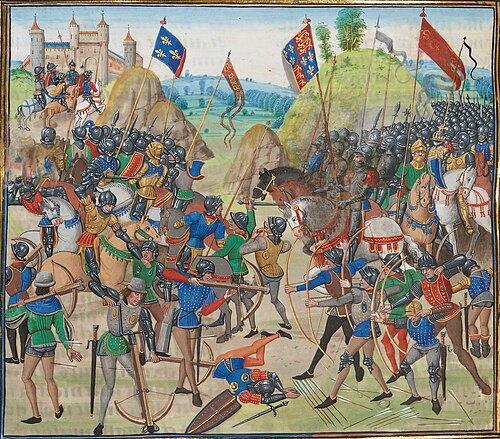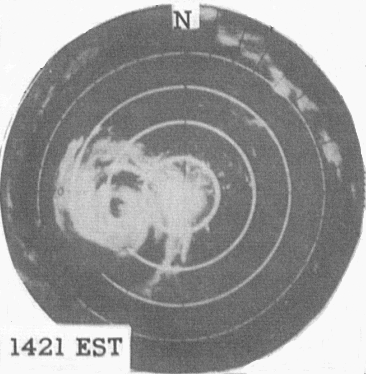picture of the day
https://ift.tt/2MEonCw





 Turbinellus floccosus.
Turbinellus floccosus. The Turn of the Screw (2009 film).
The Turn of the Screw (2009 film). Red-tailed tropicbird.
Red-tailed tropicbird. Beaune Altarpiece.
Beaune Altarpiece. Salih ibn Mirdas.
Salih ibn Mirdas. A Rugrats Kwanzaa.
A Rugrats Kwanzaa. Charles H. Stonestreet.
Charles H. Stonestreet. Frank Borman.
Frank Borman. Arthur Gilligan.
Arthur Gilligan. Maryland Tercentenary half dollar.
Maryland Tercentenary half dollar. Kal Ho Naa Ho.
Kal Ho Naa Ho. Brothers Poem.
Brothers Poem. It Is the Law.
It Is the Law. Super Science Stories.
Super Science Stories. Gascon campaign of 1345.
Gascon campaign of 1345. Maria Rundell.
Maria Rundell. Interstate 696.
Interstate 696. Keldholme Priory election dispute.
Keldholme Priory election dispute. Kenora Thistles.
Kenora Thistles. South Lake Union Streetcar.
South Lake Union Streetcar. You Only Move Twice.
You Only Move Twice. Limalok.
Limalok. Emanuel Moravec.
Emanuel Moravec. Project Rover.
Project Rover. Aquaria (video game).
Aquaria (video game). Hurricane Connie.
Hurricane Connie. Jacobus Anthonie Meessen.
Jacobus Anthonie Meessen. Sloan–Parker House.
Sloan–Parker House. 2005 ACC Championship Game.
2005 ACC Championship Game. USS Chesapeake (1799).
USS Chesapeake (1799). Banksia marginata.
Banksia marginata. Jean-François-Marie de Surville.
Jean-François-Marie de Surville. Ray Emery.
Ray Emery. Pilgrim Tercentenary half dollar.
Pilgrim Tercentenary half dollar. Caroline Brady (philologist).
Caroline Brady (philologist). Littlemore Priory scandals.
Littlemore Priory scandals. John II of France.
John II of France. Spinophorosaurus.
Spinophorosaurus. Yugoslav torpedo boat T7.
Yugoslav torpedo boat T7. Donkey Kong 64.
Donkey Kong 64. Cut the Crap.
Cut the Crap. 1969 Curaçao uprising.
1969 Curaçao uprising. Odaenathus.
Odaenathus. Cardiff City F.C..
Cardiff City F.C.. HMS Royal Oak (08).
HMS Royal Oak (08). Bramshill House.
Bramshill House. International military intervention against ISIL.
International military intervention against ISIL. Bernard Hinault.
Bernard Hinault. Atlanersa.
Atlanersa. Operation Catechism.
Operation Catechism.